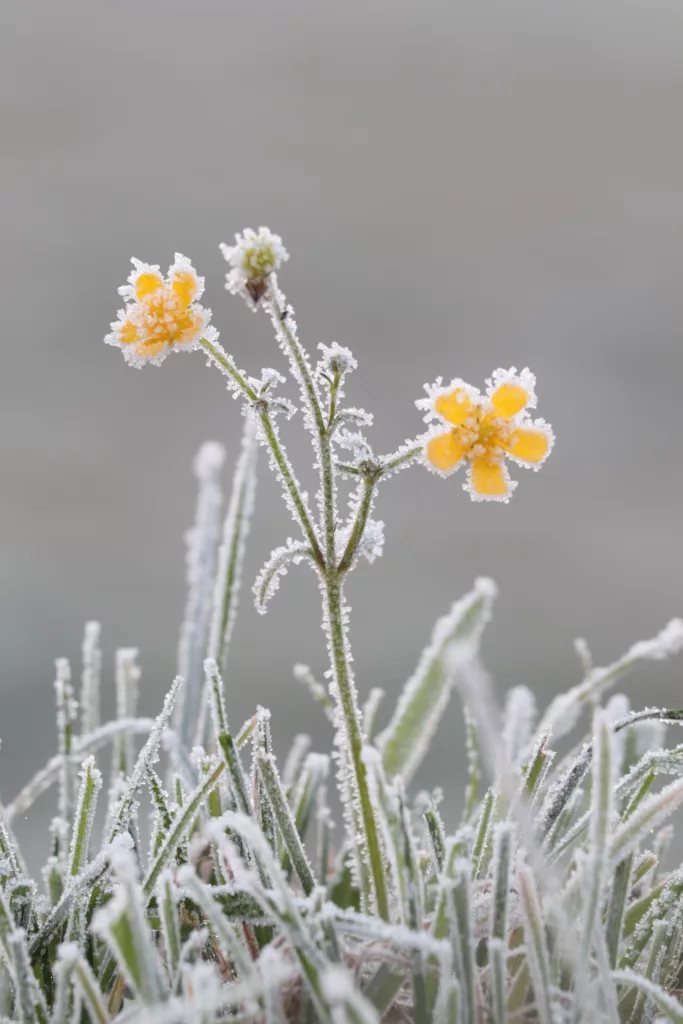Phaseolus vulgaris
History:
7,000+ years ago, in the Andes Mountains in Peru, Phaseolus Vulgaris, the common bean, began to be cultivated. Since then, it has established its place as one of the most important agricultural products in the history of humankind. The nutrition it provides and the ease of preserving its seed make it a popular choice for commodity farmers and home gardeners alike.
Seeding:
Direct seed beans 1” deep in the spring after the threat of frost has passed. Plant bean seeds with the “eyes” facing down. Beans prefer partial to full-sun. Shade during the late summer heat is appreciated and well tolerated. Beans will germinate in soil temps ranging from 60-85 degrees after 3-7 days.
Spacing:
Pole beans: 3-4” in rows spaced 1’ apart
Bush beans: 1’ in rows 2” apart
Cultivation:
“Bush” beans like support but don’t necessarily need a full trellis. “Pole” beans need full support and a structure to grow on. Provide proper support for the beans when you seed them. If you wait, it’s likely your window will pass. Beans like average water and aren’t heavy feeders but respond well to a rich soil.
Harvest:
Harvest beans every two to four days. This is critical because over ripe beans lose flavor and tenderness. Don’t wash your picked beans until you are ready to eat them. Store them in a sealed container in the refrigerator.
you can harvest beans in three different stages. Snap, Shell, and Dry. For snap beans, harvest before the beans begin to bulge in their pods. These beans are tender and do not require stringing. Shell beans, or “Shelly beans” as some call them are pods that have beans beginning to bulge. These pods are still green, can still be picked and eaten whole, but will likely need to be stringed. At this stage, it is also possible to shell the beans for tender, tasty beans. For dry beans, harvest when the pod has browned and the beans have completed their growth. The beans inside are brown, hard, and dry. These seeds are great for storing and often used in soups.


